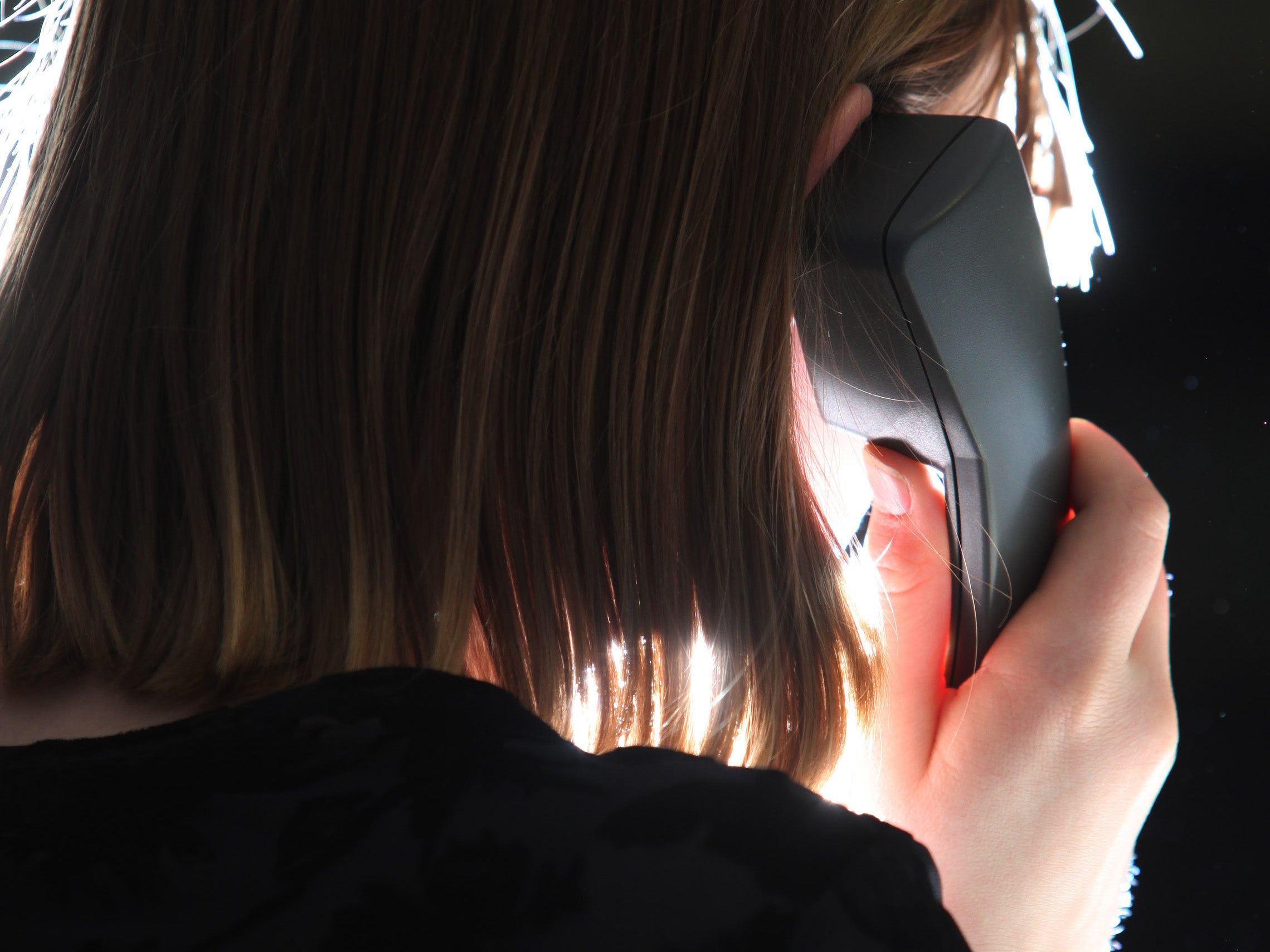This is what 24 hours in a Suicide Crisis Centre looks like
A woman calls us; she says she cannot get through to the NHS crisis team. We talk to her and then phone the crisis team for her. It’s on voicemail, and this has happened regularly in recent weeks. They must be inundated, too

Your support helps us to tell the story
From reproductive rights to climate change to Big Tech, The Independent is on the ground when the story is developing. Whether it's investigating the financials of Elon Musk's pro-Trump PAC or producing our latest documentary, 'The A Word', which shines a light on the American women fighting for reproductive rights, we know how important it is to parse out the facts from the messaging.
At such a critical moment in US history, we need reporters on the ground. Your donation allows us to keep sending journalists to speak to both sides of the story.
The Independent is trusted by Americans across the entire political spectrum. And unlike many other quality news outlets, we choose not to lock Americans out of our reporting and analysis with paywalls. We believe quality journalism should be available to everyone, paid for by those who can afford it.
Your support makes all the difference.It’s a few minutes after midnight and I am on the phone to Emma, a young woman who has gone to a specific location to end her life. The immediacy of the risk – she could end her life in seconds – means that I need to make a 999 call.
While the police make their way to her, my task is to continue to talk to her, and “hold” her. I do everything I can to make sure she does not take her own life in those minutes before the police arrive.
A few hours later, we are the ones travelling out to see a person who is at imminent risk. Part of our work involves emergency visits to clients in their own homes.
The hot weather has caused an increase in the number of people in crisis coming to us. People may experience higher levels of emotional distress during a heatwave.
There also tends to be more irritability and angry outbursts and more conflict or arguments when temperatures soar and these can lead ultimately to crisis situations developing.
When we reach Aaron’s house, two members of his family let us in. They give us some very helpful background information to explain what has led to his suicidal crisis. They then withdraw to another part of the house so that we can spend time with him alone, working to bring down his immediate risk and planning how our team will continue to support him in the coming hours, days and weeks.
Back at our crisis centre, a phone call comes in from another new client, Holly. She tells the team member who answers about the deeply traumatic events she has experienced and how this has led her to the point of wanting to end her life.
She has written her suicide note. She has the means to end her life. She is still seeking help, though. She tried to get help from the NHS Improved Access to Psychological Therapies (IAPT) service a month ago.
They told her it will be a six- to 12-month wait for therapy, and this has increased her sense of despair. My colleague at our centre contacts us to ask if we can see her – our other team members are all fully booked up seeing other clients. Of course we will.
But I find myself contemplating her situation and asking: “In what way is it Improved Access to Psychological Therapy when it’s a six- to 12-month wait?”
We return to the crisis centre to see Holly and hear that a young man in crisis was turned away from our local Accident and Emergency department overnight. It has been downgraded to a Minor Injuries Unit, presumably as a costcutting exercise. We follow this up and make contact with the man, arranging to see him later today.
Throughout the day, as well as seeing our current clients to provide the ongoing daily face-to-face support that they need, we are responding to the urgent situations which require our immediate attention.
A current client phones us – he has been experiencing recent episodes of explosive rage. He is feeling actively suicidal. I can hear the fury in his voice and know how important it is to let him ventilate his anger in order to help him return to a calmer frame of mind.
Anger can greatly increase the immediate risk of suicide. A person experiencing intense rage has lost control at that point and it can become harder for them to control their subsequent actions.
Evening comes and a woman who is under community mental health services calls. She says she cannot get through to the NHS crisis team. We talk to her and then phone the crisis team for her. It’s on voicemail, and this has happened regularly in recent weeks. They must be inundated, too.
We receive more calls during the evening and more new clients. I stay on beyond the end of my shift. I know that other charity workers and NHS staff all over the UK will be doing the same. But this is not sustainable for any of us.
We need funding for more NHS mental health staff and services. Otherwise charities will buckle under the level of demand for their services.
For information, please visit the Suicide Crisis Centre.
If you have been affected by this article, you can contact the following organisations for support:
mind.org.uk
beateatingdisorders.org.uk
nhs.uk/livewell/mentalhealth
mentalhealth.org.uk
samaritans.org
Join our commenting forum
Join thought-provoking conversations, follow other Independent readers and see their replies
Comments